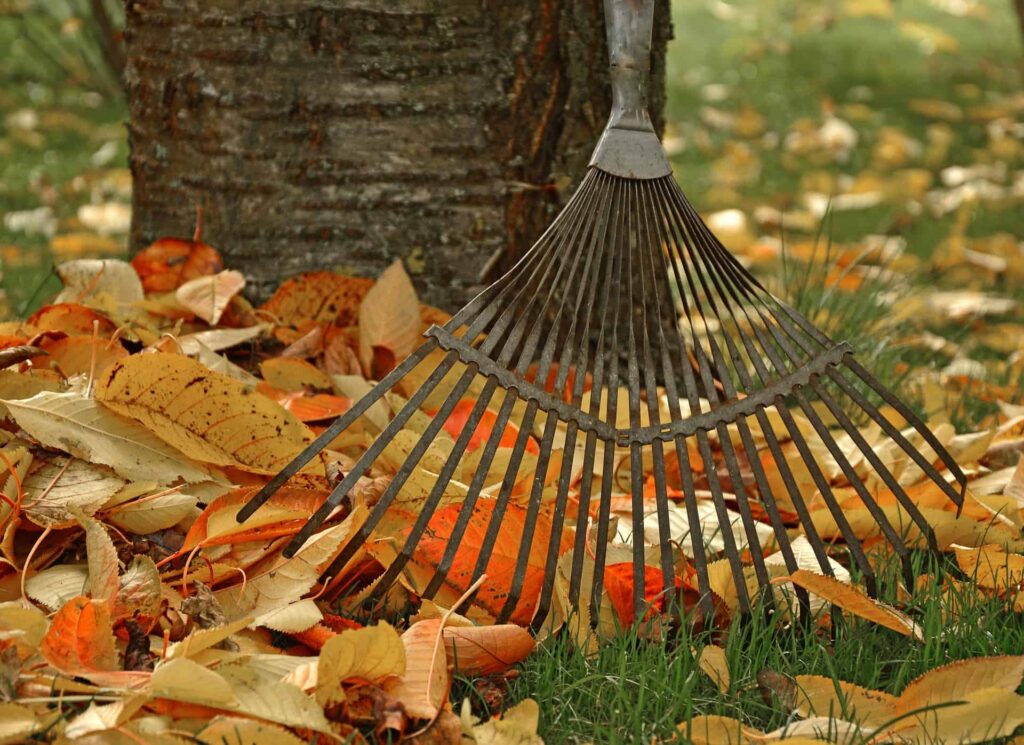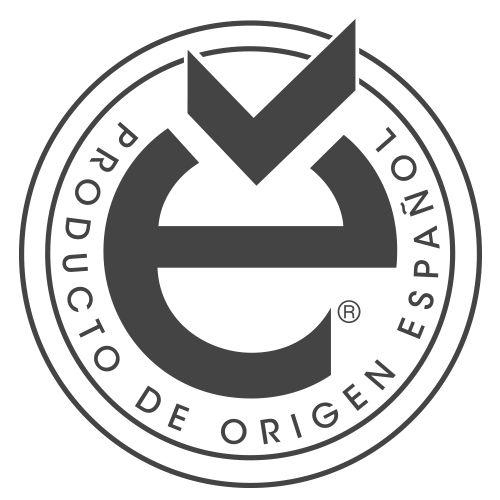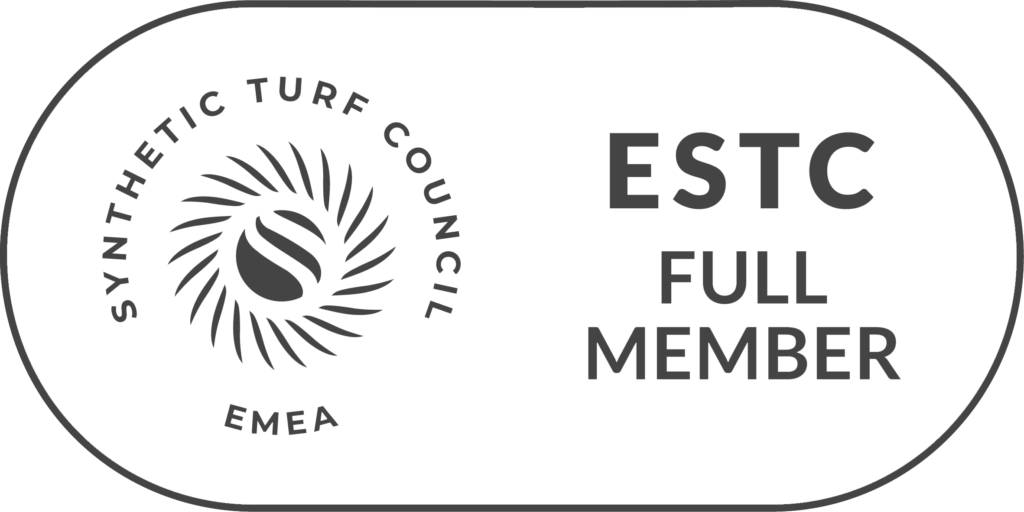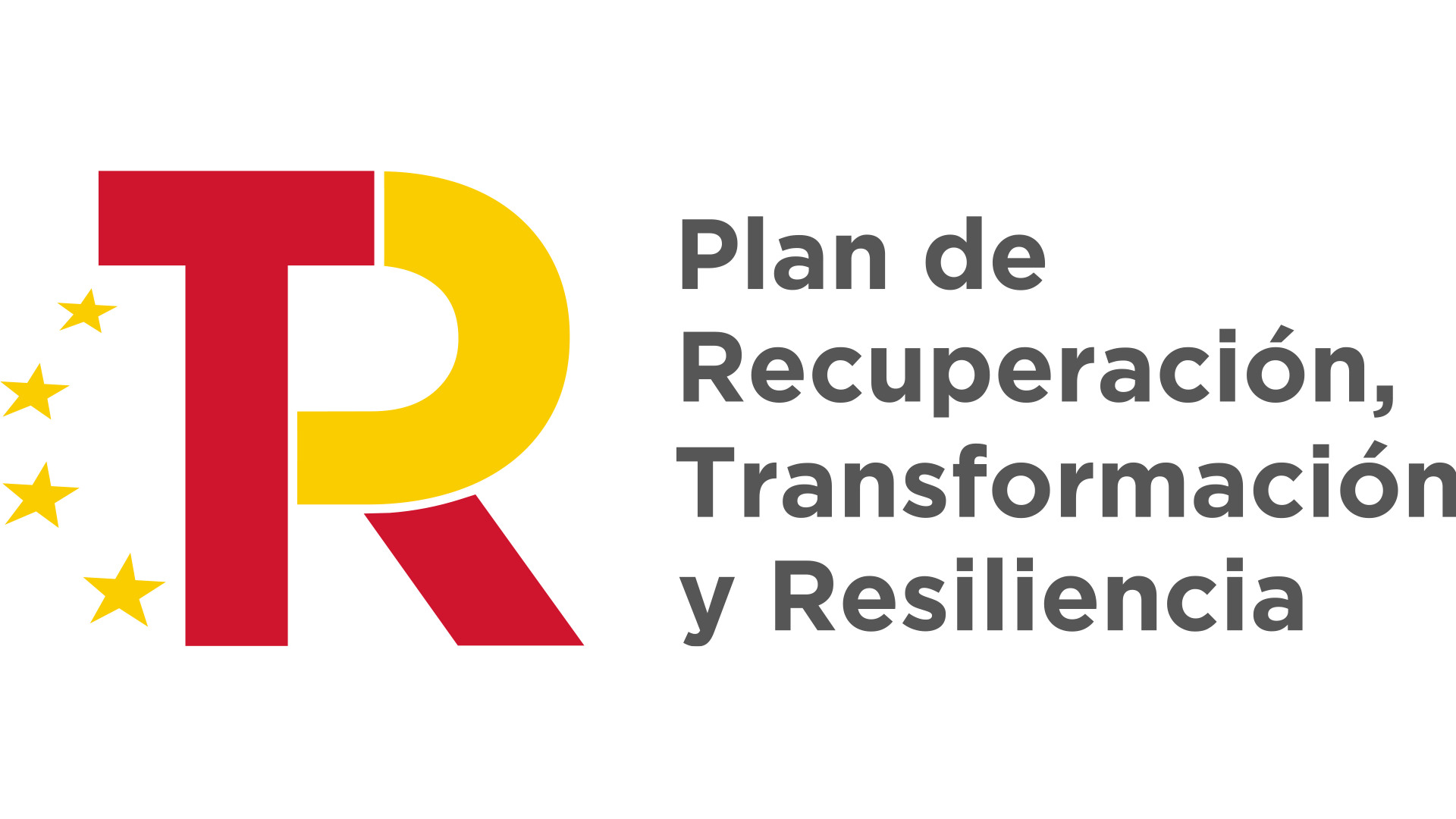Mulch: What It Is and How It Relates to Artificial Turf
Mulch is a layer of organic or inorganic material placed on top of soil to improve its quality, protect it from erosion, conserve moisture and provide essential nutrients for natural plant growth. Although it is most associated with natural turf, it can also have specific applications in artificial turf installations.
Functions
Mulch serves several important functions in landscaping and gardening:
- Humidity control:
- Reduces soil water evaporation, favoring moisture retention.
- Soil improvement:
- In its organic form, it enriches the soil as it decomposes, improving its fertility.
- Thermal insulation:
- Protects the floor against sudden temperature changes, keeping it more stable.
- Weed prevention:
- Creates a physical barrier that hinders the growth of unwanted weeds.
- Aesthetics and protection:
- Improves the appearance of gardens and prevents soil erosion in sloping areas.
Mulch and Artificial Turf
In artificial turf projects, although mulch is not used directly on the turf, it can play a key role in ground preparation:
- Floor leveling:
- Prior to installing artificial turf, a layer of mulch can be used to level or enrich the ground in areas where it is still desirable to keep natural vegetation nearby.
- Transition with natural areas:
- In combined artificial turf and natural grass areas, mulch is used in perimeter areas to facilitate aesthetic and functional integration.
Type
- Organic:
- Composed of natural materials such as shredded bark, leaves, wood chips or compost. It is ideal for enriching the soil and improving its structure.
- Inorganic:
- Made of materials such as gravel, stones or geotextiles. Used primarily to prevent erosion and reduce maintenance.
Advantages of combining mulch and artificial turf
- Reduced maintenance:
- While artificial turf does not require watering or fertilizer, the use of mulch in surrounding areas can further reduce care tasks.
- Aesthetic improvement:
- Organic or inorganic mulch at edges or transitions improves the appearance of landscaped spaces.
- Sustainability:
- Using organic mulch in combination with artificial turf can balance sustainability needs in mixed gardens.
Conclusion
Mulch continues to be a valuable element in landscaping projects, even in installations where artificial turf is the protagonist. Its proper use in adjacent or complementary areas can enhance both the aesthetics and functionality of a space, ensuring visual and environmental harmony.












